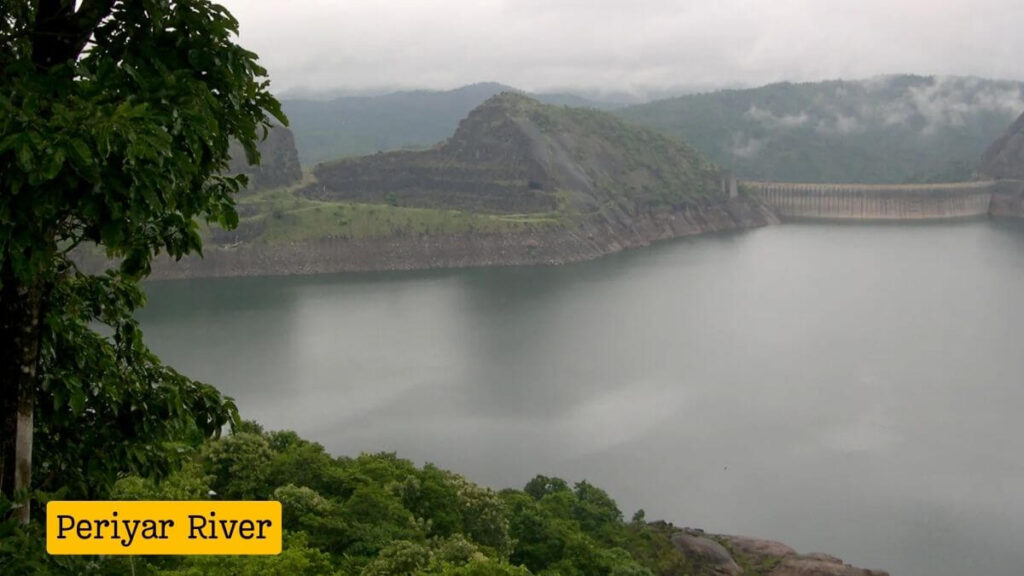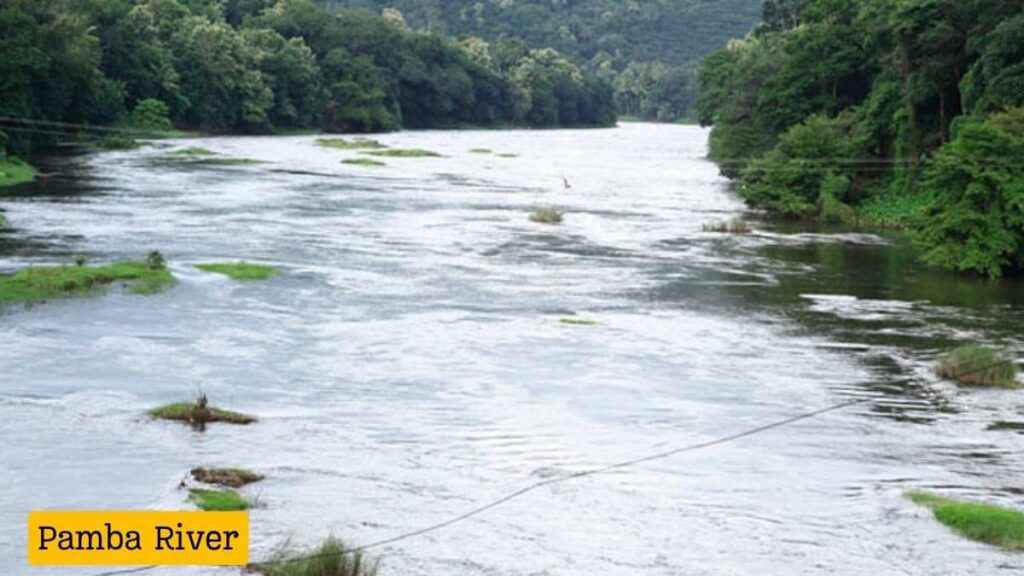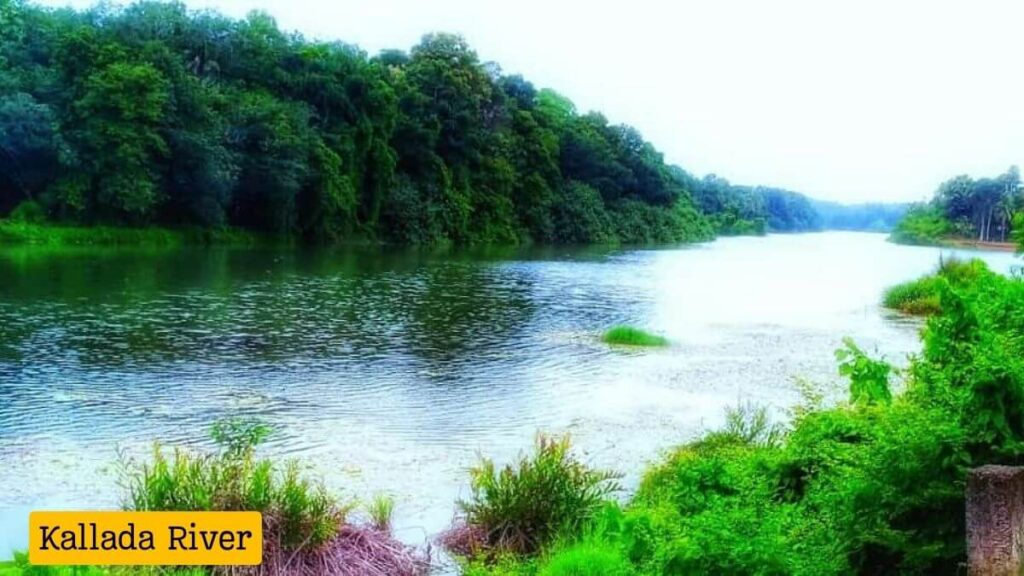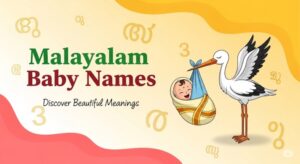Kerala, often referred to as “God’s Own Country,” is a land of enchanting beauty. The state is crisscrossed by a network of rivers that not only add to its scenic charm but also play a crucial role in its culture, economy, and daily life. In this article, we will take a closer look at some of the famous rivers in Kerala, exploring their significance and unique characteristics. Whether you are a traveler, a nature enthusiast, or someone looking to learn about the rich heritage of Kerala, this guide will provide you with valuable insights.
The Importance of Rivers in Kerala
Rivers are the lifelines of Kerala, supporting agriculture, providing water for drinking and sanitation, and sustaining diverse ecosystems. They are also integral to the state’s culture, with many festivals and rituals centered around these water bodies. Kerala has 44 rivers, each with its own story and significance. Let’s dive into the details of some of the most famous rivers in Kerala.
1. Periyar River: The Lifeline of Central Kerala

The Periyar River, often referred to as the “Lifeline of Kerala,” is the longest river in the state, stretching over 244 kilometers. Originating from the Western Ghats, it flows through the districts of Idukki, Ernakulam, and Thrissur before emptying into the Arabian Sea.
Significance of Periyar River
- Irrigation and Agriculture: The Periyar River is crucial for irrigation, supporting the cultivation of a variety of crops such as rice, banana, and spices. The Mullaperiyar Dam, constructed across this river, plays a vital role in irrigation and hydroelectric power generation.
- Drinking Water: The river is a major source of drinking water for several towns and cities, including Kochi, one of Kerala’s largest urban centers.
- Tourism: The Periyar Wildlife Sanctuary, located on the banks of the river, attracts thousands of tourists each year, offering opportunities for wildlife spotting, boating, and nature walks.
2. Bharathapuzha River: The River of Bharat

The Bharathapuzha River, also known as the Nila, is the second-longest river in Kerala, with a length of 209 kilometers. It originates from the Anamalai Hills in Tamil Nadu and flows through the districts of Palakkad, Thrissur, and Malappuram.
Cultural and Historical Significance
- Cultural Hub: The Bharathapuzha River is considered the cultural lifeline of Kerala. It has been a source of inspiration for many poets, writers, and artists. The riverbanks are home to several ancient temples and cultural centers.
- Festivals: Various traditional festivals, such as the Thiruvathirakali dance and the Karkidaka Vavu rituals, are celebrated along the riverbanks.
- Education: The river has nurtured many renowned educational institutions, including the Kerala Kalamandalam, a major center for learning Indian performing arts.
3. Pamba River: The Sacred River

The Pamba River, with a length of 176 kilometers, is the third-longest river in Kerala. It originates from the Pulachimalai Hill in the Western Ghats and flows through the districts of Pathanamthitta and Alappuzha.
Religious Significance
- Sabarimala Temple: The Pamba River holds immense religious significance as it flows near the famous Sabarimala Temple, one of the most important pilgrimage sites in India. Pilgrims take a holy dip in the river before proceeding to the temple.
- Festivals and Rituals: Several religious rituals and festivals are celebrated on the banks of the Pamba River, especially during the Mandala-Makaravilakku season.
4. Chaliyar River: The River of Life

The Chaliyar River, also known as the Beypore River, flows through the districts of Malappuram and Kozhikode, covering a distance of 169 kilometers. It originates from the Western Ghats and empties into the Arabian Sea.
Environmental and Economic Importance
- Forestry and Industry: The Chaliyar River basin is rich in forest resources, supporting industries such as timber and plywood. The river also plays a crucial role in the local fishing industry.
- Pollution and Conservation: The river has faced pollution challenges in the past due to industrial activities. However, concerted efforts by the government and local communities have helped in its conservation and rejuvenation.
- Tourism: The scenic beauty of the Chaliyar River, with its lush green surroundings, makes it a popular spot for tourists. Activities such as boating and fishing are common along the river.
5. Kallada River: The River of Kollam

The Kallada River, stretching over 121 kilometers, originates from the Western Ghats and flows through the Kollam district before merging with the Ashtamudi Lake.
Key Features and Attractions
- Kallada Irrigation Project: This major irrigation project on the Kallada River supports agriculture in the Kollam and Pathanamthitta districts.
- Ashtamudi Lake: The river’s confluence with Ashtamudi Lake creates a unique ecosystem that supports a variety of flora and fauna. The lake is also a popular destination for houseboat cruises.
- Adventure Sports: The river offers opportunities for adventure sports such as kayaking and river rafting, attracting thrill-seekers from across the country.
Learning Malayalam Online: A Practical Guide
Understanding the significance of Kerala’s rivers can be greatly enhanced by learning Malayalam, the local language. If you’re interested in delving deeper into the culture and heritage of Kerala, learning Malayalam is a great start. Here are some practical tips to get started:
1. Choose the Right Course
Select a comprehensive online course like Decode Malayalam, which offers structured lessons, interactive exercises, and cultural insights. A well-designed course will make the learning process enjoyable and effective.
2. Practice Regularly
Consistency is key when learning a new language. Dedicate a fixed time each day for practice. Use language learning apps, watch Malayalam movies, and try speaking with native speakers to enhance your skills.
3. Use Flashcards
Flashcards are an excellent tool for memorizing vocabulary and phrases. Create flashcards for common words and phrases related to rivers and their significance in Kerala.
4. Engage with Native Content
Immerse yourself in Malayalam content such as books, newspapers, and online articles. This will help you understand the context and usage of the language better.
5. Join Language Learning Communities
Online forums and social media groups are great platforms to connect with fellow learners and native speakers. Participate in discussions, ask questions, and share your progress to stay motivated.
Conclusion
Exploring the famous rivers in Kerala provides a unique glimpse into the state’s natural beauty, cultural richness, and historical significance. From the mighty Periyar to the sacred Pamba, each river has its own story to tell. Understanding these rivers can be further enriched by learning Malayalam, allowing you to connect more deeply with the local culture and heritage.
Enroll in a course on Decode Malayalam today and embark on a journey to discover the wonders of Kerala’s rivers and beyond. With the right resources and dedication, you’ll soon be able to appreciate the beauty and significance of these rivers in their true essence.
Read More:











